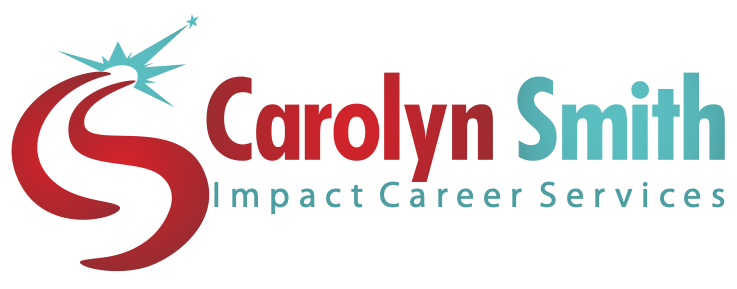A portfolio for job seekers is a way to effectively sell ‘what you have to offer’ to a prospective employer. A portfolio, will persuasively demonstrate exactly what you have achieved and how you can specifically fulfil the needs of an employer. (Depending on the target market, employer’s need staff to make money, save money, save time, make work easier, solve specific problems, staff to duplicate themselves, ensure that they are more competitive, fulfil their statutory obligations, expand the business, or gain and retain more customers)
A portfolio is the perfect opportunity to continue to build a complete case of why you should be hired. Any prospective employer will be always asking ‘What’s in it for me’? “How will this individual meet my exact needs’? By including relevant information within a portfolio, you will help address employer concerns, be it results orientated, status orientated, relationship-orientated, information-orientated, or security oriented.
Some of the essentials of a portfolio
Written references/Positive Employment Evaluations
Good references talk about result, as well as what it was like to have you as an employer. Although it is easy to assume, that written referees won’t be read or believed, most people do read or believe them, and they can be very persuasive, if they are result-orientated and talk about the values you can offer.
Academic Results/Transcripts/ Copies of Educational Certificates, Certifications and Degrees
Academic results and training build credibility and evidence of achievement. It will also demonstrate to any potential employer a strong commitment to your continued learning and the ability to take responsibility for your own development and growth. It will also appeal to the status orientation of some employers, i.e. if you obtained your qualification from a leading tertiary institute.
Resume / Cover Letter
Containing a copy of a resume or cover letter provides reinforcement within an interview. The resume, like any marketing document, features the specific benefits (e.g. achievements, contributions), that you can bring to the table. A copy, of a resume and cover letter, will reinforces the benefits any employer will receive from employing you, from accomplishment, bottom-line results, awards, through to education.
Samples of Work/Summaries of Projects
These provide the ultimate in creditability for you, as a job-seeker. Samples of your work and summaries of your projects can be the very heart of your marketing material, as they speak of RESULTS. As soon as you start developing a core message that talks about RESULTS, rather than just talking about processes (duties and responsibilities), then you set the stage for showing why the employer needs you, and how you can satisfy the employer’s needs.
Preparing and Using a Portfolio
When preparing a portfolio, it is necessary, to be targeted as to what information to include. For example, while that certificate from Grade 12 for coming first in tennis was a great achievement at the time, it is probably not that relevant for a Graduate Position. Likewise, leave out very old testimonials, or academic transcripts, that show for example, a consistent C- average.
When compiling a portfolio, ensure that you present your information, in a professional format, using for example, a three-thing binder, or folder.
In the interview, use the portfolio to show samples of your work and achievements. You can also use a portfolio, to bolster your interview performance, as it will not only add credibility, but will help you reinforce your interview answers.
Conclusion
A portfolio is the job-seekers equivalent of a business marketing brochure that showcases how you, as a job-seeker can satisfy an employer’s needs. It speaks volumes about results and benefits and how you can meet the specific needs of an employer. It also diminishes the element of risk for employers, as you have provided a portfolio of EVIDENCE, that you can fulfil the exact requirements of the employer.

Leave a Reply